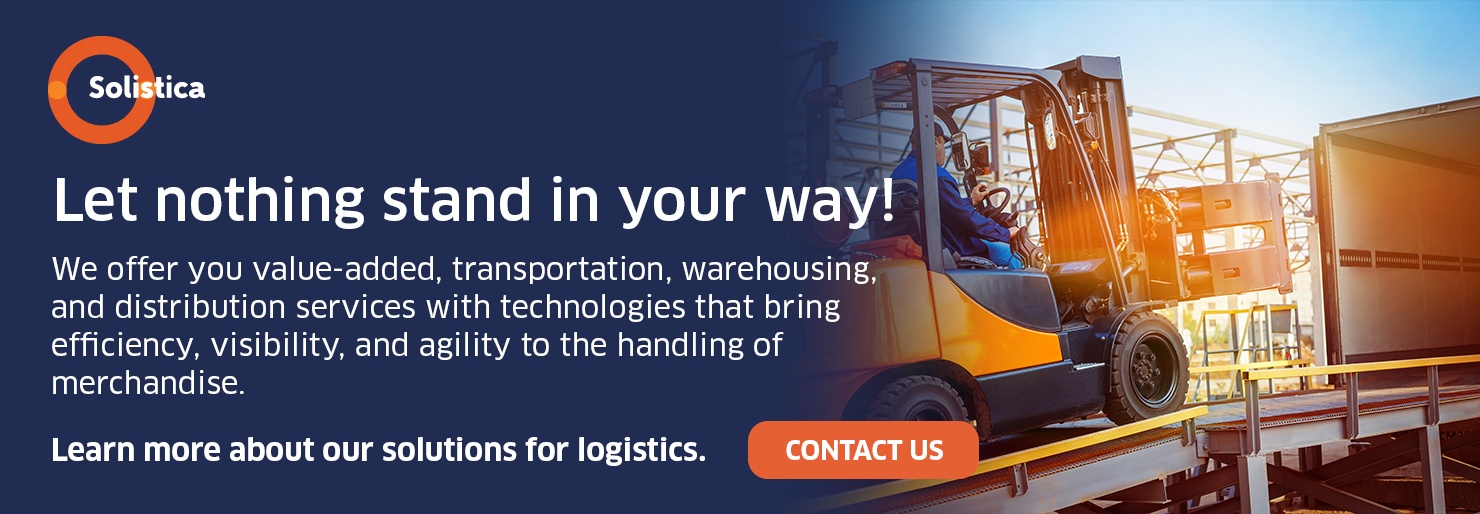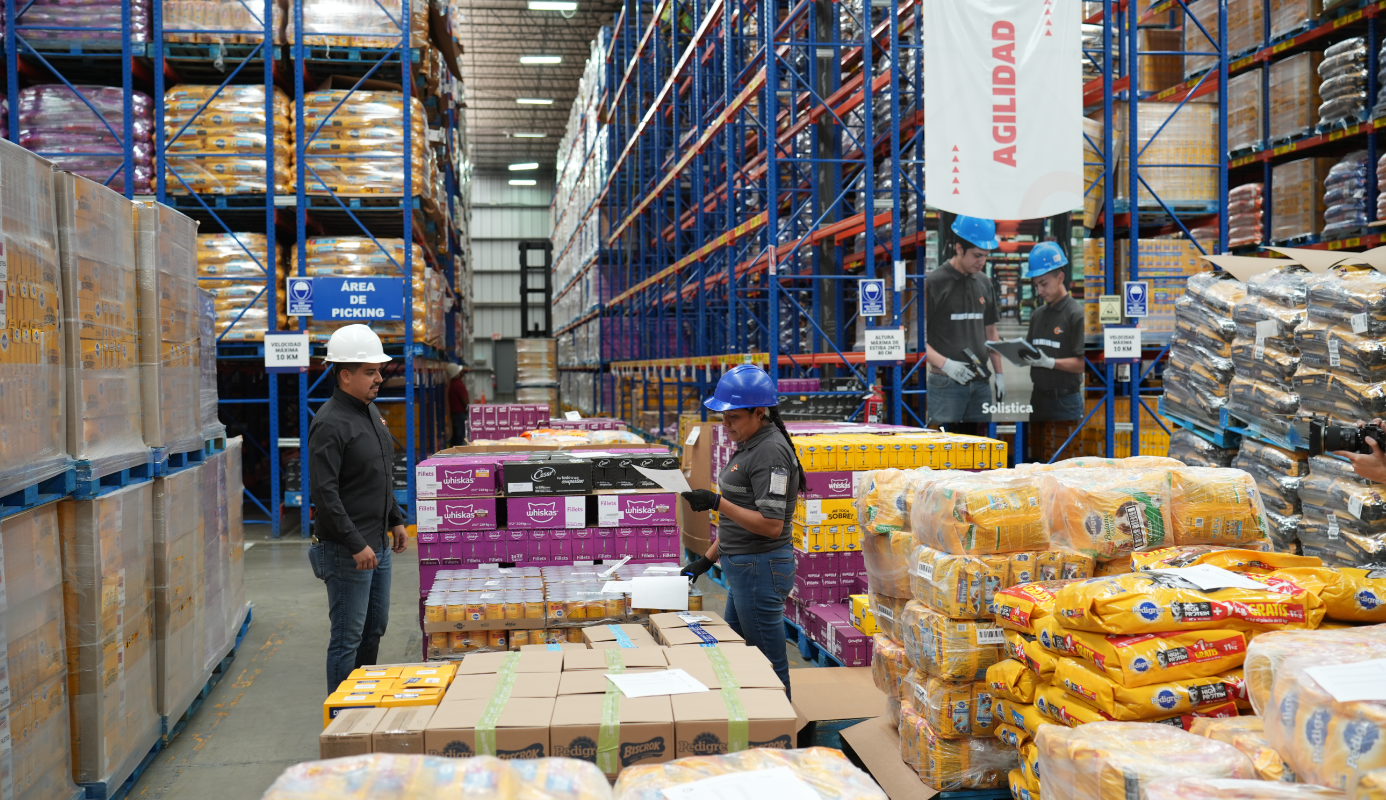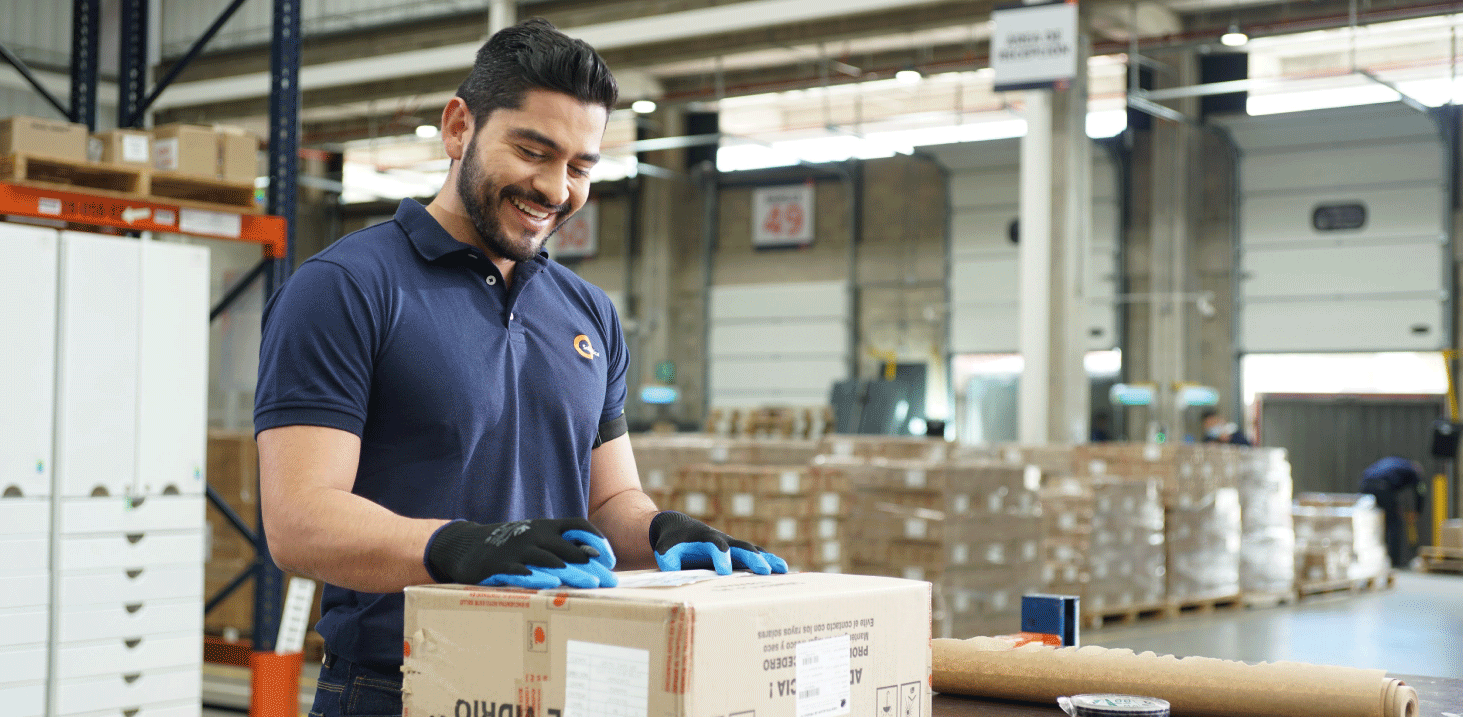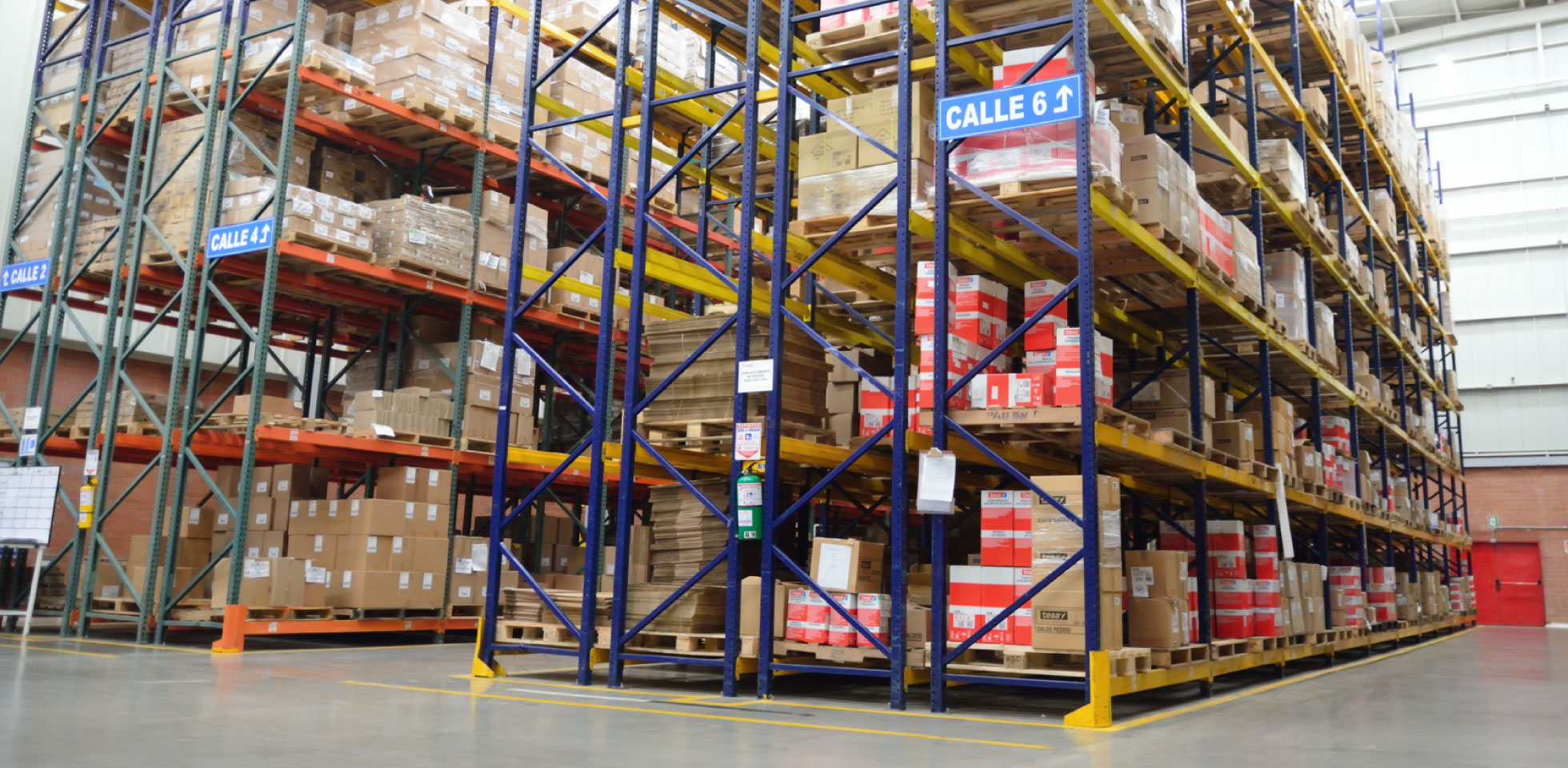A shortage of products can occur due to multiple reasons; recently, ever since the beginning of the pandemic, we have seen some of the most harmful examples happen repeatedly: looting, panic shopping, and hoarding.
The first big example is when consumers hoarded toilet paper at the beginning of the pandemic. Afterwards, many cities saw shortages of food, masks, antibacterial gel, and even alcohol.
In Mexico, the National Association of Convenience and Department Stores (ANTAD, for its acronym in Spanish) encouraged the population to pace their shopping to maintain the supply chain. Representatives of the manufacturing chain, through the National Farming Board (CNA, for its acronym in Spanish), also asked the population to use only what they needed when it came to the essential food sector, so it can also guarantee its supply chain.
Then, the same thing happened following the breakdown of the Continental Oil Pipeline and a scarcity of refined fuel, which consumers made even more serious by consuming much more than the normal levels because they feared running out of gas.
Last July, South Africa broadcasted to the world scenes of violence, fire, and massive looting resulting in a body count of 330. Looters set trucks on fire and vandalized warehouses. This resulted in South Africa setting aside over 2 billion euros for diverse measures to alleviate the damages caused by the wave of lootings and riots.
However, not only the population made the mistake of hoarding. Let us see now how corporations replicate this practice: Many supermarkets are storing products looking to maintain their ability to meet the demand of goods, which may become more expensive. Retailers try to maintain low costs by buying plenty of everything; in other words, they are increasing their stock levels. Again, this increasing accumulation is making shortages worse and stressing the supply chains even more.
Even though caused by several reasons, the result remains longer and more acute shortages.
Nevertheless, there are lessons to be learned and, if companies make the most of them, they may produce more flexible approaches for managing their inventories because, in the end, hoarding is also a corporate issue.
Companies can and should avoid having these kinds of instinctive and harmful reactions to the sudden imbalances in the demand and offer. How? First, by having a broader vision of the impact to their supply chains by planning scenarios and by avoiding making short-term decisions that make things even worse.
In short, how we react to these scenarios must be the result of careful revision of the long-term market dynamics and of a flexible approach to inventory management, and not just an instinctive increase of said inventories.
Using analysis and collaboration to deal with shortages
Some overall strategies can specifically help alleviate issues related to shortages and pressure on the supply chain. For example:
1. Giving priority to critical shortages by supplier and buyer, identifying the fundamental reasons behind them
Addressing shortages by priority lets us identify the inventory representing the higher costs that contribute to a specific value chain. Understanding the root cause of the shortages allows us to look ahead, knowing how to manage shortages better.
2. Monitoring and optimizing stock levels
Many manufacturers are choosing to have their inventories managed by suppliers so they can dispense with overseeing them.
One best practice would be to regularly compare the current inventory levels against the minimum and maximum inventory requisites to help lower the costs associated with shortages and overstocking. Apart from overseeing the data from ERPs to find the company’s optimal minimum and maximum levels.
3. Unblocking the ERP
We must make the best out of our ERPs because they hold a large amount of information and their ability to manage current data, including metadata and cloud computing, is enormous.
We just need to keep all the data centralized so every decision-maker can access it; this way, the collaboration between teams and facilities will be easier. Furthermore, it is convenient to find a process to absorb, handle, and process data without involving manual work.
4. Understanding the performance of suppliers
Monitoring suppliers to get Key Performance Indicators and metrics in real time is essential for configuring our improvement plans. As well as giving them access to PPV metrics to address fluctuations that exceed the standards.
5. Increasing the transparency and accountability of buyers
By giving them metrics throughout the purchasing process and by giving them comprehensive access to data, we can foster a culture of transparency. Buyers should see variations in the demand and know notable events in the supply chain in real time so they can be ready to face setbacks. Giving these tasks to buyers help lower the stress associated to these unknowns.
Following these, and other, initiatives for lowering the impact caused by fluctuations and crises in the supply chain is a responsibility, and duty, of every company.







